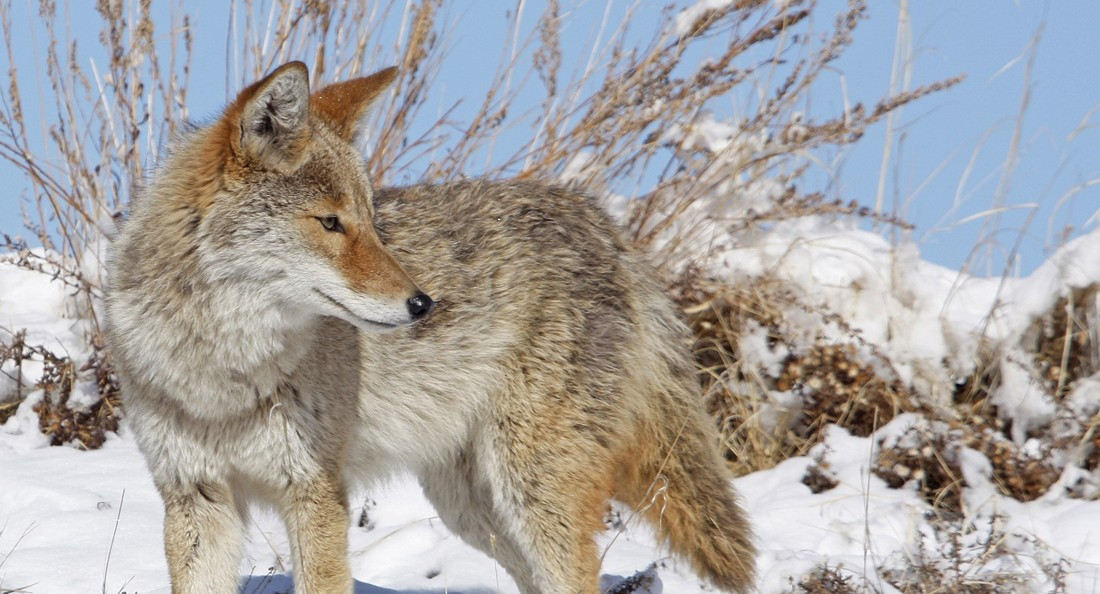Learning to coexist with coyotes and beat the beetles
The challenges facing Winnipeg’s biodiversity
Not everyone is aware of all the plants, insects and non-human animals that reside in Winnipeg, which is part of why Sustainable Development Manitoba will run several public awareness sessions about coyotes in Winnipeg in the upcoming weeks.
The next session is on Nov 4. at the Transcona Library.
Janine Stewart, a human-wildlife conflict management biologist with the Government of Manitoba, says, “a lot of people are encountering coyotes for the first time, so they’re kind of uncertain of how to respond, what to do, whether we’re aware that they are in the city. They seem to need information about what coyote behaviour looks like in the city and how to coexist with them.
“I think some people are aware of the benefits that coyotes bring to urban centres” in their regulation of rabbit, rodent and goose populations.
“We need to learn to coexist with coyotes. They’ve been adapting to live in urban environments all across North America over the last 15 to 20 years, so now the onus is kind of on the people who live in those areas to learn how to live in their midst as well, because (the coyotes) are there to stay.”
The City of Winnipeg and environmental groups like Trees Winnipeg have worked hard to make sure that there are publicly available resources to help inform decisions that impact Winnipeg ecosystems and what the best choices they can make in their environmental interactions are, but as the city spreads out, resources don’t always follow.
Richard Westwood, who teaches urban forestry at the University of Winnipeg, says the City and community groups like Trees Winnipeg have developed good resources for educating people about tree care and neighbourhood biodiversity needs. However, the increase in Dutch elm disease, which Westwood says was held at bay until the 2000s, and the presence of emerald ash borers is taking a toll.
“I think the City’s requirements for looking after the city’s forests have grown exponentially. They have so many more commitments,” he says.
Westwood notes that Winnipeg still has a comprehensive and diverse urban forest, which is mostly pretty healthy and good for supporting other organisms. But while trees are important to many neighbourhood’s identities and many community groups monitor their health, they aren’t always a high priority for the City and compete with things like road development.
Stewart says that Sustainable Development Manitoba’s plan for educating Manitobans about how to interact with wildlife has three parts: “helping people to understand why we might have conflicts with wildlife, what sort of actions people can do to reduce their risk of conflicts with wildlife and also how to respond appropriately in a wildlife encounter.”
The upcoming Coexisting with Coyotes session will be held at the Transcona Library from 6:30 to 8:30 p.m. on Nov. 4. It is open to the public with no cost to attend.
Published in Volume 74, Number 8 of The Uniter (October 31, 2019)







